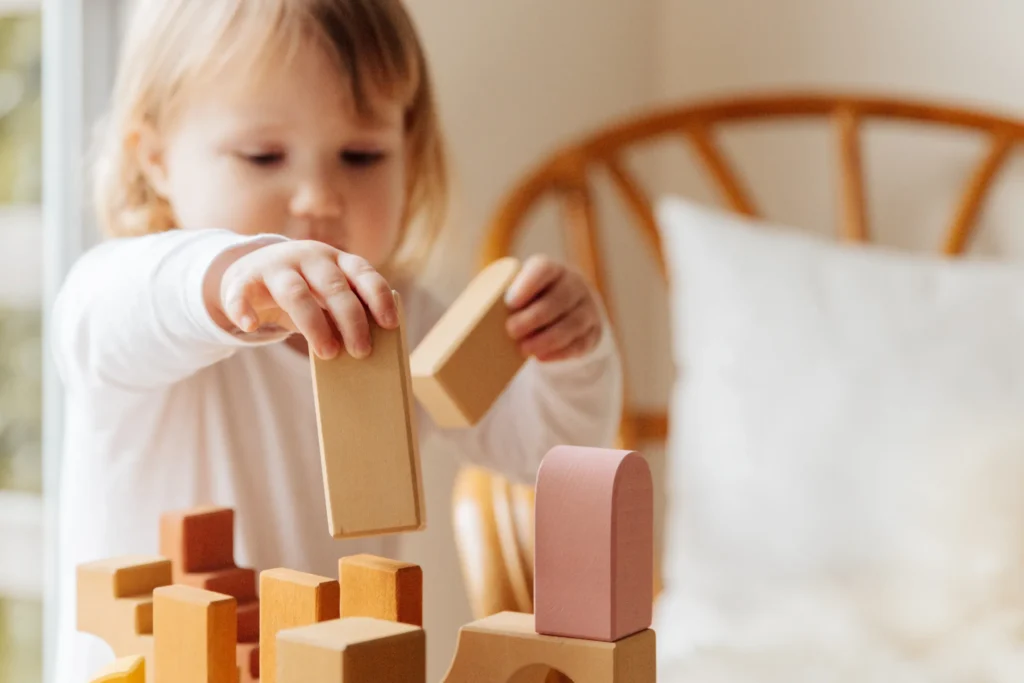Over the last few years, you may have heard that social-emotional development and social-emotional learning are evil and should be banished. You may have heard that this topic doesn’t belong in our schools. Or that it’s damaging our children.
Nothing could be further from the truth.
Social-emotional development occurs as part of the developmental process whether we put forth any effort into it or not. It’s one of several areas of development, such as cognitive development, fine and gross motor skills development, and speech and language development.
Development begins the moment we are conceived and continues throughout our entire life. This is just as true for social-emotional development as it is the others areas mentioned.
Not unlike these other areas, our social-emotional development can occur in healthy ways or unhealthy ways. Ensuring healthy social-emotional development requires support.
What is social-emotional development?
Social-emotional development, or social and emotional development, is defined as our ability to:
- explore and interact with other people and our environment;
- understand, manage, and express emotions; and
- to form and sustain positive relationships with others.
In essence, social-emotional development helps us to understand who we are and how we fit in the world.
Our emotions need to be as educated as our intellect. It is important to know how to feel, how to respond, and how to let life in so that it can touch you.
I’m sure you can see now that it’s incredibly important. And not just in childhood.
Why is social-emotional development important?
Social-emotional development is how children develop self-confidence and a sense of importance and value in the world. It also helps children develop empathy and the ability to create healthy relationships.
Social-emotional development consists of five important pieces or competencies. They are referred to as competencies because they are the foundation for the development of social relationships and success in life. You may see them referred to as social-emotional skills in other places.
The five competencies are self-awareness, self-management, social awareness, relationship skills, and responsible decision-making.
Self-awareness
Self-awareness is the ability to recognize our thoughts, emotions, and our influence on our environment and the people in it.
Self-management
Self-management is the ability to regulate our thoughts, emotions, and behaviors. Emotion regulation and behavior regulation are invaluable skills throughout one’s life.
Social awareness
Social awareness includes the ability to take the perspective of other people and empathize with them, particularly people who are different from us.
Relationship skills
Relationship skills is the ability to create and maintain healthy relationships.
Responsible decision-making
Responsible decision-making is the ability to make responsible and respectful decisions about our behavior and our interactions with other people.
These competencies look different in each developmental stage. In other words, we aren’t born with these skills. As a result, we develop them over our lifetime through our experiences. This means we have the ability to support children (and ourselves) as they master these skills over time!
Social-emotional development in childhood
Most of our development takes place before the age of five. Children meet milestones as they develop. Children usually meet these developmental milestones within specific age blocks. Therefore, you can look for these milestones as children begin to use the skills they have developed. Here is a summary of social-emotional development milestones you can look for. Make note that social-emotional development in infants looks different than it does for toddlers and preschoolers.
- Shows how they are feeling by crying
- Develops facial expressions
- Watches faces and begins to smile
- Shows excitement by waving their arms and lengths
- Can be calmed when comforted
- Learns to use sounds other than crying to express happiness or unhappiness
- Begins to prefer certain toys
- Clings to grownups they’re familiar with
- Responds to their own name
- Imitates sounds and gestures to get grownups’ attention
- Shows interest in other children
- Points at objects they’re interested in
- Imitates other people’s behaviors, especially grownups
- Tries new things when they feel safe
- Begins to play with other children
- Shows concern and affect for others
- Expresses a bigger range of emotions
- Able to spend more time alone and play independently
- Plays make-believe
- Learns to resolve conflicts
- Enjoys doing new things
- Uses words to communicate
- Expresses likes and dislikes
- Understands gender roles
- Understands the difference between what’s real and what’s make-believe
- Wants to make people happy
These milestones are all examples of social-emotional development in early childhood.
It’s important to note that all milestones occur on a spectrum. Some children develop these skills early. Others develop them late. The majority develop them within this approximate timeline.
It’s best to discuss any concerns you have regarding whether your child is meeting these milestones with your pediatrician.
How do caregivers impact social-emotional development?
Children’s development is formed and influenced by interactions with all of the people in their life. Family factors are huge!
Parents and primary caregivers have the biggest impact because they are the most consistent relationships they have.
Other consistent relationships also affect children’s development, such as other family members, teachers, and friends. Childhood influences are the most important in our lifetime.
Caregivers influence social-emotional development in many ways, for example:
- how you respond to your child’s social and emotional needs (coregulation),
- being affectionate and nurturing,
- providing freedom to explore independently,
- providing opportunities for problem solving, and
- ensuring your child feels safe and secure.
As you can see, it’s important to engage in quality interactions with children every day.
How to promote social-emotional development
There are many ways to help children with social-emotional development. Here are a few ways to provide support.
- Be responsive to their needs. This includes paying attention to their cues and following their lead.
- Be consistent and follow predictable routines. Routines help children to feel safe.
- Model healthy emotional responses. Respond calmly during stressful situations. Practice coregulation. Be kind and helpful.
- Model repair. Look, we’re not perfect just because we’re adults. Sometimes we don’t respond calmly. Repairwork is important. Apologize, acknowledge what you did wrong and how you could do better, and connect.
- Empathize with them by talking about how you think they feel. For example, you can say, “You look sad. You didn’t want to stop playing with that toy. Let’s find something to help you feel better.” For older children, this will include teaching them how to talk about their feelings with you. Similarly, talk about how you’re feeling, too (without making them responsible for your feelings).
- Read age-appropriate books that talk about feelings and include interacting with others. There are a lot of great books available. And you can turn almost any book into a discussion about feelings and relationships.
- Provide age-appropriate games and toys that include social interaction. Social-emotional development activities are helpful.
To summarize, healthy social-emotional development is important for the well-being of all people. It helps to ensure we can process and manage our emotions in beneficial ways. Although development takes place naturally, there are ways we can support children’s development
Register for my FREE Intro to Anger Management Course
Are you struggling to manage your anger? If so, this free Anger Management Course is for you.





